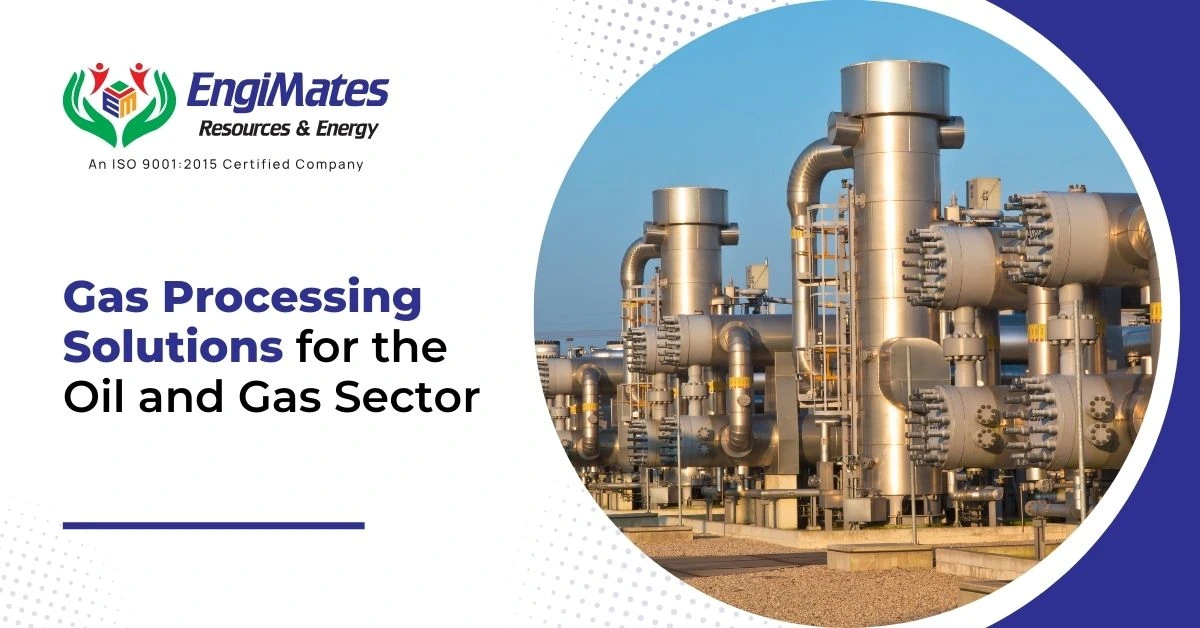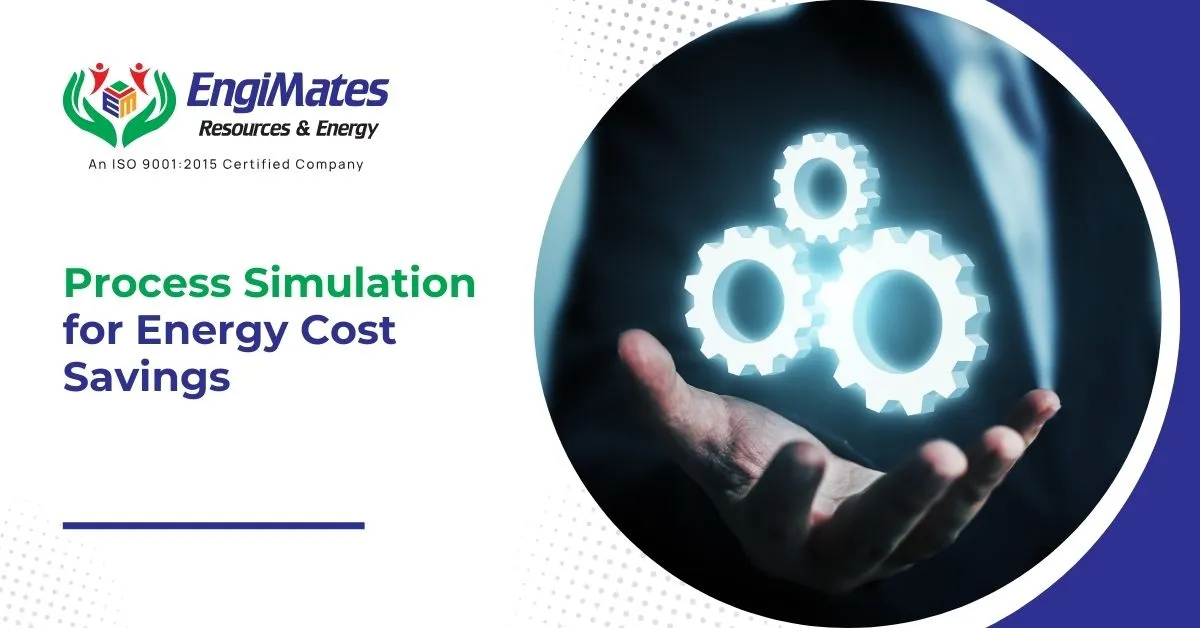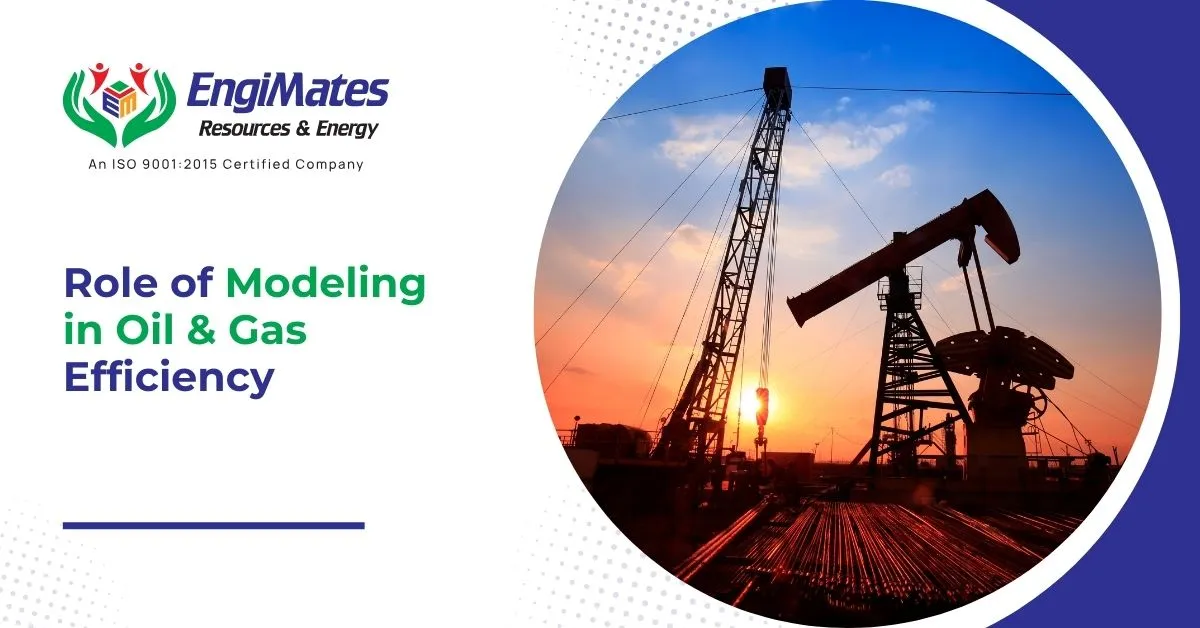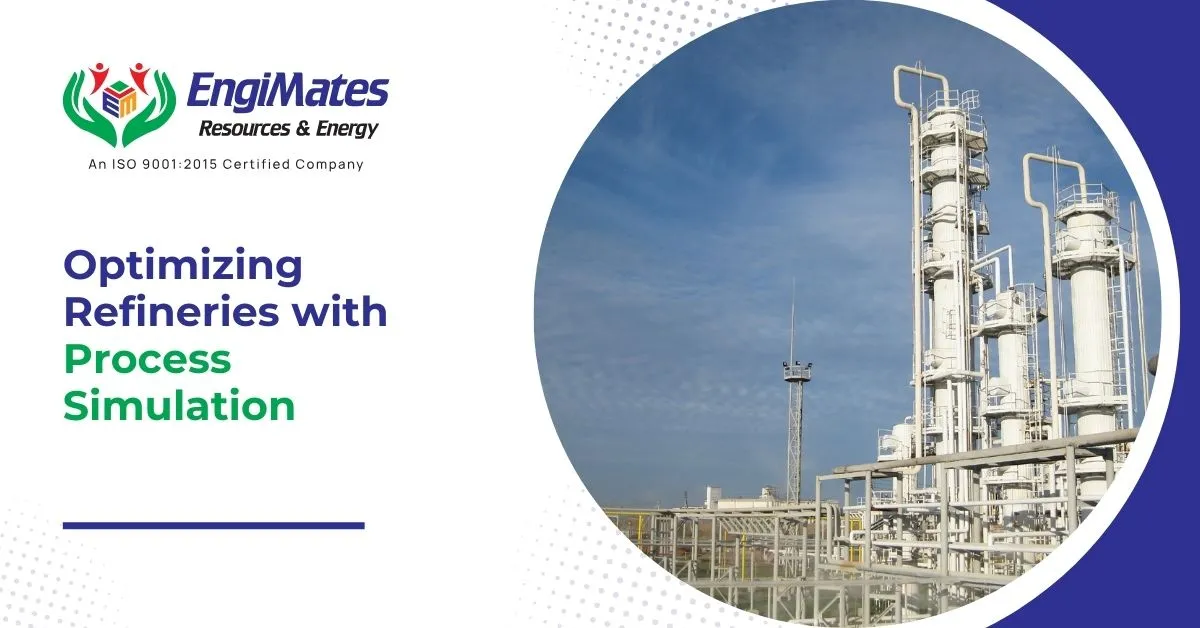Energy consumption is one of the largest operating costs in oil and gas refineries. Rising…

The gas processing sector plays a crucial role in the oil and gas industry by ensuring that natural gas is safe, efficient, and environmentally compliant for distribution and use. With the growing complexity of gas compositions and a stronger push for sustainability, in-depth studies and optimization have become essential to improving processing efficiency. Here, we’ll explore key studies involved in gas processing, including Amine Unit Solvent Selection Studies, Sour Gas Sweetening Technology Selection Studies, and Amine and TEG Unit Process Optimization Studies.
Table of Contents
Core Components of Gas Processing
Gas processing facilities are designed to remove impurities from raw gas, ensuring that only clean, high-quality gas reaches downstream facilities. Key components of the process include:
- Separation Units for initial separation of gas from crude oil and solid particles.
- Acid Gas Removal Units for removing CO₂ and H₂S, which prevents corrosion and aligns with environmental standards.
- Dehydration Units to eliminate water content, preventing hydrates that can cause blockages in pipelines.
- Cryogenic Processing for liquefying natural gas, making it easier to store and transport.
Specialized Studies in Gas Processing
Amine Unit Solvent Selection Studies
Selecting the right solvent in amine units is vital for effectively removing acid gases such as CO₂ and H₂S from natural gas. This study evaluates various amine solvents—such as MEA, DEA, MDEA, and others—based on criteria like gas composition, operational cost, and environmental impact. Optimized solvent selection minimizes energy consumption and enhances CO₂ and H₂S removal rates, which is crucial for both regulatory compliance and operational efficiency.
Sour Gas Sweetening Technology Selection Studies
For sour gas processing, selecting the appropriate sweetening technology is essential to remove high levels of sulphur compounds. This study assesses available technologies, such as amine sweetening, Selexol, and membrane separation, to identify the most cost-effective and environmentally responsible option. The selection is based on factors like the sulphur content, gas throughput, and specific end-use requirements. The right technology enables smoother operation and significant reduction in emissions from sour gas streams.
Amine and TEG Unit Process Optimization Studies
Optimization studies in Amine and Tri ethylene Glycol (TEG) units focus on improving the efficiency of gas dehydration and acid gas removal processes. By assessing parameters such as solvent concentration, regeneration temperatures, and flow rates, these studies ensure that the units operate at maximum efficiency with reduced downtime. Optimizing TEG and amine units not only cuts costs but also enhances gas purity and equipment lifespan, improving the facility’s overall performance.
Looking for more insights on optimizing gas processing for your facility? Connect with industry experts to tailor solutions that meet your specific operational needs.
Emerging Technologies in Gas Processing
Gas processing has seen advancements in technologies designed to enhance processing efficiency and reduce environmental impact:
- Membrane Separation Technology is a relatively new addition that offers energy-efficient purification methods without the need for solvent regeneration.
- Cryogenic Distillation allows for effective NGL (Natural Gas Liquid) recovery, adding economic value by extracting valuable hydrocarbons.
- Adsorption Technologies like PSA (Pressure Swing Adsorption) and TSA (Temperature Swing Adsorption) are tailored for impurity removal, improving the end-product quality while minimizing waste.
Benefits of Gas Processing
Modern gas processing solutions are designed to minimize environmental impact while maximizing operational efficiency. The benefits of these advances include:
- Lower Emissions due to the removal of acid gases, reducing greenhouse gases and complying with environmental standards.
- Energy Savings achieved through optimized equipment and advanced technologies, such as cryogenic and membrane processes.
- Enhanced Resource Recovery, where gases like methane and ethane are captured and reused rather than flared, turning waste into valuable resources.
Digitalization and Predictive Maintenance in Gas Processing
The integration of digital tools has transformed gas processing, offering data-driven insights for better decision-making. Predictive maintenance using AI and IoT, for instance, detects potential issues early on, preventing unplanned shutdowns and optimizing maintenance schedules. Real-time monitoring provides critical safety alerts and improves productivity by enabling swift responses to operational changes.
Frequently Asked Questions
What is gas processing in the oil and gas industry?
Gas processing involves the removal of impurities, such as water, carbon dioxide, hydrogen sulphide, and other contaminants from natural gas to make it suitable for commercial use.
What is gas treatment in oil and gas?
Gas treatment refers to processes that remove undesirable elements, like sulphur compounds or carbon dioxide, from raw natural gas, ensuring it meets quality standards for transportation and use.
What is processing in oil and gas?
Processing in the oil and gas industry refers to the procedures used to refine raw materials, such as separating oil from gas, removing impurities, and preparing the products for distribution and consumption.
Conclusion
For companies in the oil and gas sector, investing in advanced gas processing solutions is essential for staying competitive and sustainable. In-depth studies like Amine Unit Solvent Selection, Sour Gas Sweetening Technology Selection, and Amine and TEG Process Optimization pave the way for improved performance, reduced costs, and compliance with environmental standards. These solutions not only boost operational efficiency but also set a solid foundation for the sector’s future.




